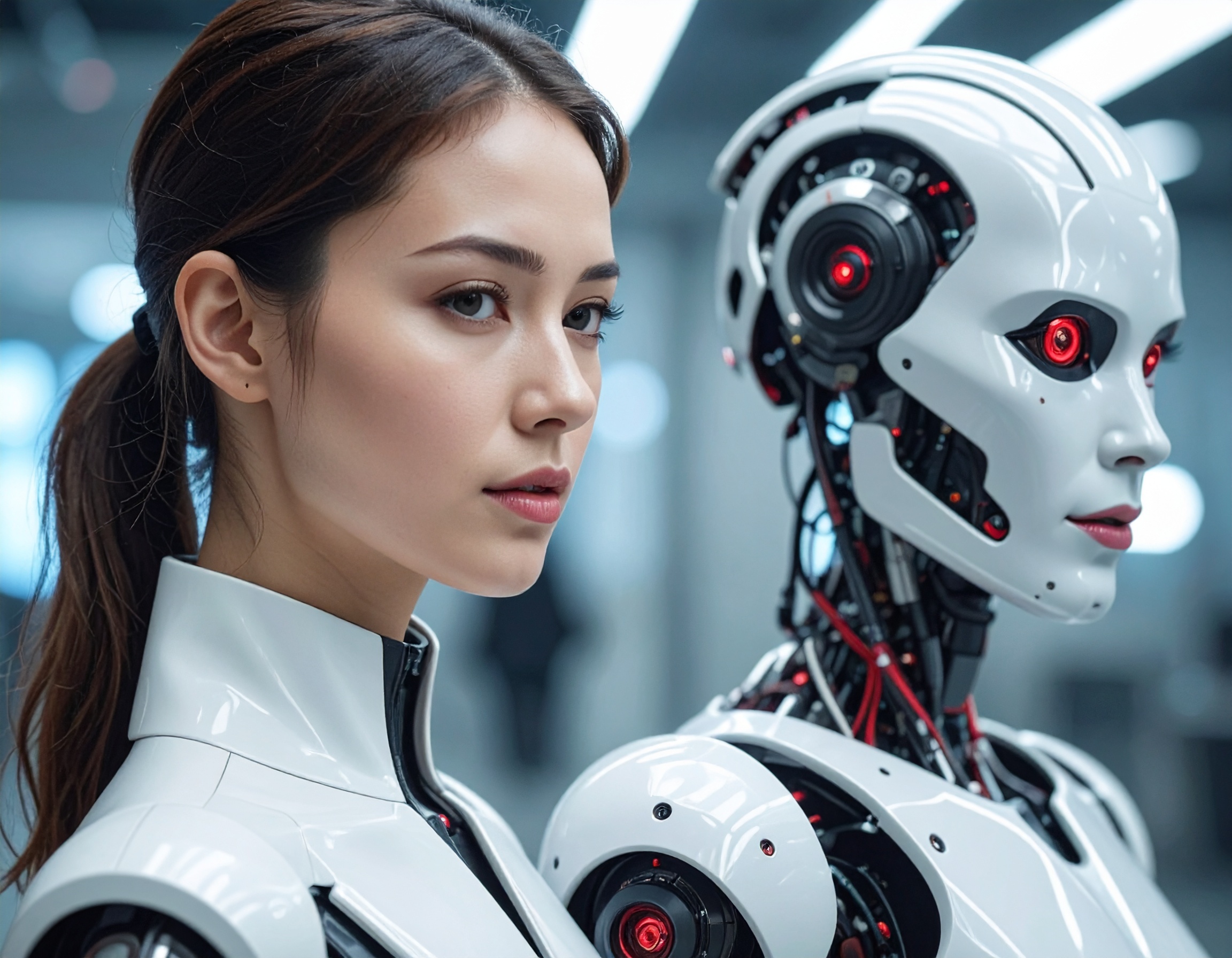Meta’s “Touchy-Feely” Robots: How AI is Learning the Sense of Touch

In a groundbreaking step towards human-like sensory perception, Meta recently introduced a new development in robotics that allows robots to "feel" textures and shapes through an artificial sense of touch. Unveiled in October 2024, this advancement brings non-human workers closer to adapting and performing tasks requiring sensory feedback, which could revolutionize industries ranging from healthcare to logistics. By combining artificial intelligence with tactile sensing, Meta’s robots can now discern the texture of an object in a way similar to human touch.
Meta’s robots achieve this tactile sensing through an innovative combination of machine learning and specialized sensors. These sensors simulate the sensory experience by measuring pressure, texture, and contours, sending this data to an AI model that interprets the sensation. Meta’s AI model, particularly adept at processing sensory data, uses this information to guide intelligent agents to handle objects more carefully, understand varying surfaces, and even distinguish fragile items.
This new tactile capability holds significant implications. By training digital employees to “feel” and adapt to various surfaces, industries can look forward to more versatile robotic applications. For instance, robots could take on more delicate tasks, such as handling fragile items in warehouses or assisting in complex surgical procedures where touch is crucial. Moreover, this advancement underscores the evolving role of AI in creating more human-like interactions, positioning intelligent agents as valuable assets for hands-on tasks traditionally performed by humans.
The potential of this innovation extends beyond practical applications to a transformative vision of robotics. As Meta's robots continue to improve their sensory feedback, the boundaries of what non-human workers can achieve will expand, allowing them to take on more intricate roles in society. This development not only opens up new possibilities for robotics but also marks a significant stride in AI's capability to interact with the physical world.
Key Highlights:
- Advanced tactile sensors: Embedded sensors that mimic human touch sensitivity.
- AI-driven sensory interpretation: A model that converts sensor data into actionable feedback.
- Real-time learning: Robots that continuously improve their handling abilities.
Reference:


